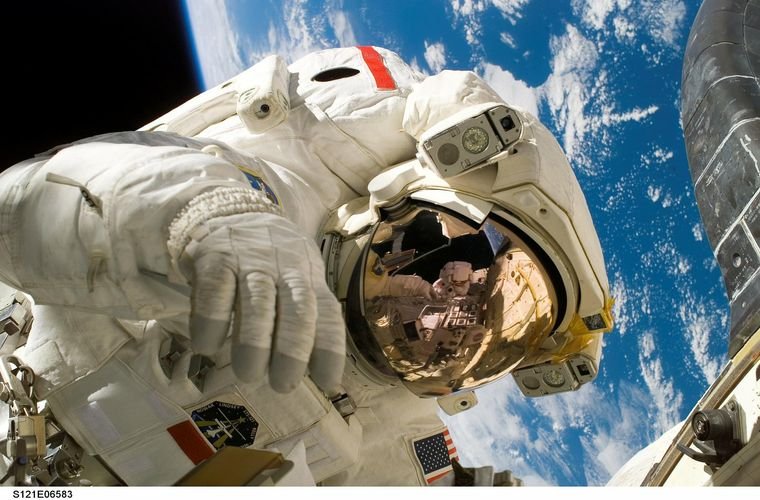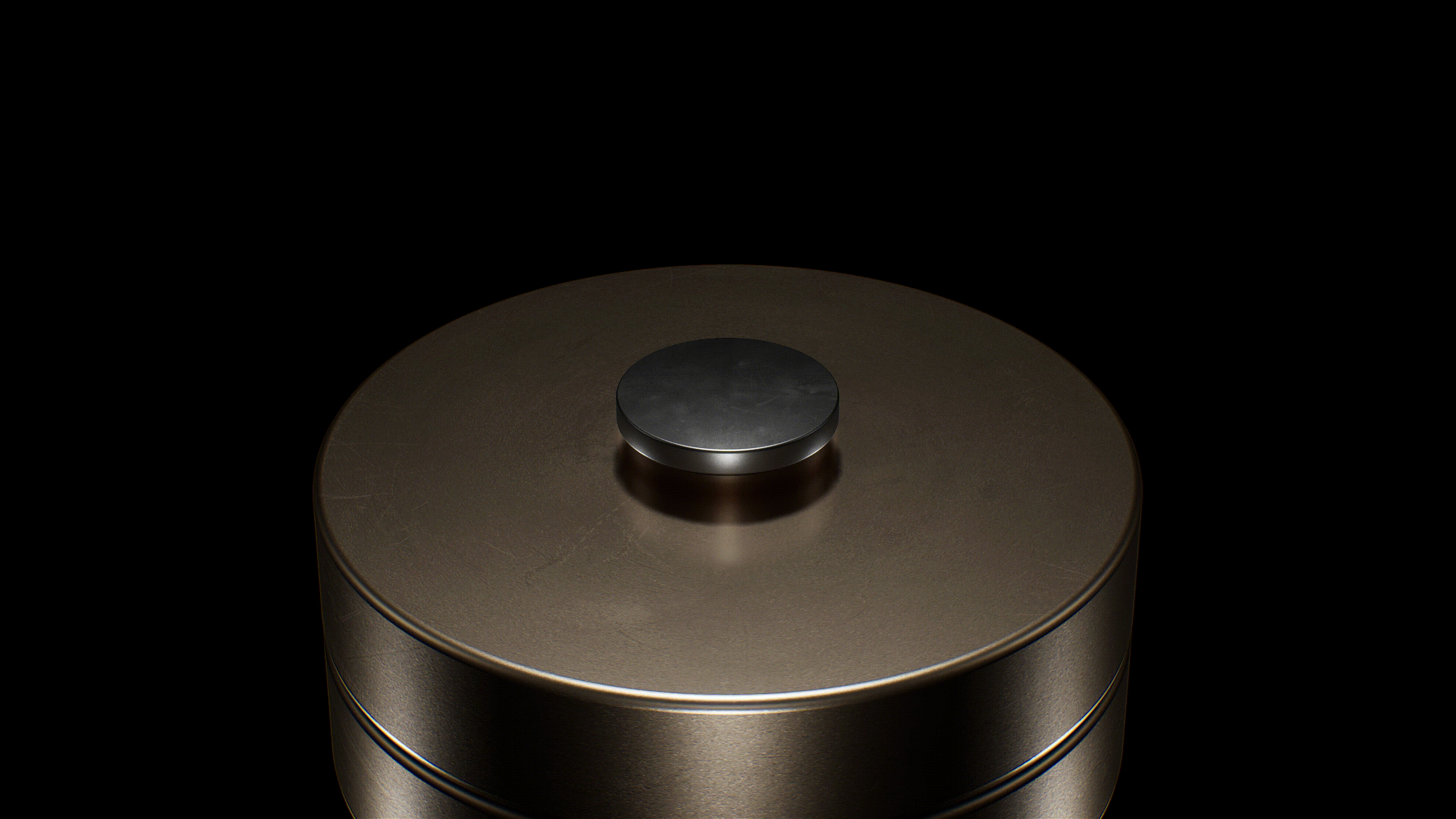There are different effects that spaceflight can have on the human body. From more exposure to radiation to changing sleep cycles, traveling in space significantly impacts human functions and overall health. In a recent study, scientists from NASA and the European Space Agency (ESA) studied how spaceflight specifically impacted the brain, finding only small effects.
Background: Health Effects of Spaceflight
According to NASA, spaceflight changes many things about an individual’s health. One example is higher radiation exposure. Because the Earth’s atmosphere and magnetic field shield most of the space radiation, astronauts outside this zone have more exposure. This can lead to serious health problems, such as cancer. NASA has been working to reduce this exposure for astronauts by developing new shields and detectors for space radiation.
Space travel can also affect body composition due to shifts in gravity. With less gravity, astronauts can lose 1% to 5% of bone mineral density per month. This loss may be permanent, leaving an individual with a type of osteoporosis. Astronauts can also lose muscle mass faster in space than on Earth, which can also cause problems once the individual returns to Earth. The lack of gravity can additionally affect the brain, as the NASA and ESA researchers discovered in this study.
Analysis: Spaceflight Brains
To look at the effects of spaceflight on a brain, the researchers needed a big enough sample size to study. This became a challenge for looking at astronauts around the globe, as not too many astronauts were from the western hemisphere. Thankfully, combining the data from 24 American astronauts with data from 13 Russian cosmonauts and a few European astronauts, the researchers had a big enough sample size. According to a leader of the study and a professor at the University of South Carolina, Donna Roberts, M.D: “By putting all of our data together, we have a larger subject number. That’s important when you do this type of study. When you’re looking for statistical significance, you need to have a larger number of subjects.”
“I think it is one of the largest studies on space data, and for sure, one of the very few studies with NASA, ESA, and Roscosmos [the Russian space agency] data. It comprises data of almost 10% of all people who went into space,” explained lead researcher and professor at the University of Antwerp in Belgium, Floris Wuyts Ph.D. Studying the data in the form of MRI scans, the scientists found a greater volume of fluid within the brain channels of the astronauts. This is mainly due to the lack of gravity in space. The fluid in the brain can lead to spaceflight-associated neuro-ocular syndrome, which can cause vision changes. This syndrome has still yet to be fully studied. Ultimately, the researchers saw only small effects initially. “It is important not to speculate about pathology or brain health problems at this time,” Roberts said. “The observed effects are very small, but there are significant changes when we compare the post-flight scans with the pre-flight scans.”
Outlook: More to Be Done
The researchers believe that a deeper study is needed to truly understand the effects of spaceflight on the brain. “We need to understand how specific microgravity-countermeasure usage, exercise regimes, diet, and other factors play a role in the differences we found between crews,” said space physiologist of the Russian Academy of Sciences, Elena Tomilovskaya, Ph, D. Both NASA, and the ESA agree that further research needs to be done. According to Roberts, “We believe international cooperation in space medicine research is essential to ensure the safety of our crews as we return to the Moon and onto Mars.”
Kenna Castleberry is a staff writer at the Debrief and the Science Communicator at JILA (a partnership between the University of Colorado Boulder and NIST). She focuses on deep tech, the metaverse, and quantum technology. You can find more of her work at her website: https://kennacastleberry.com/

